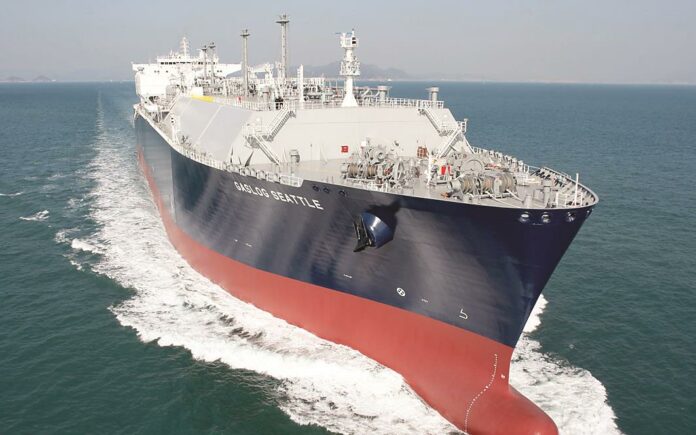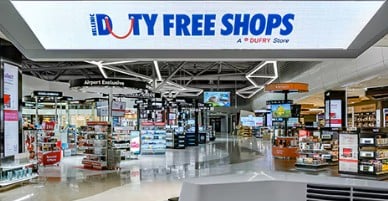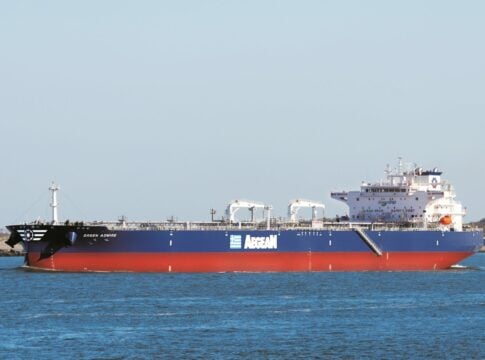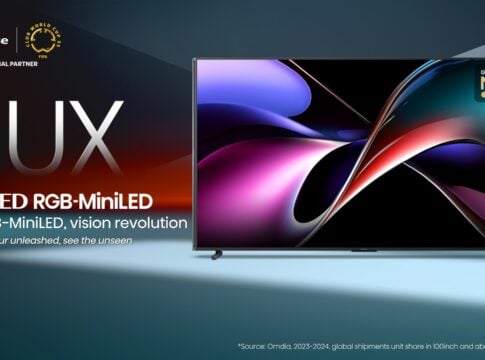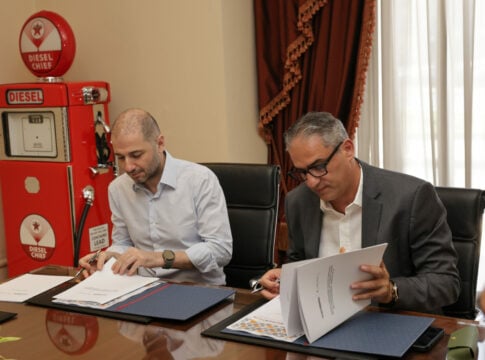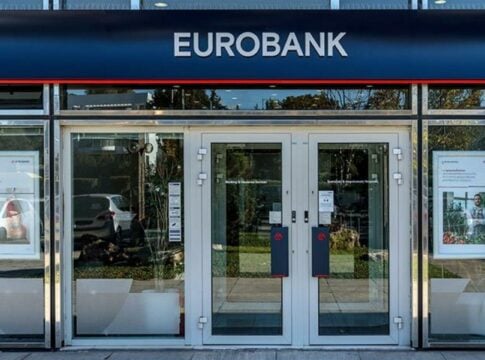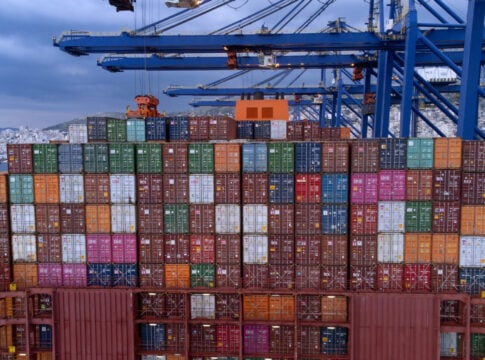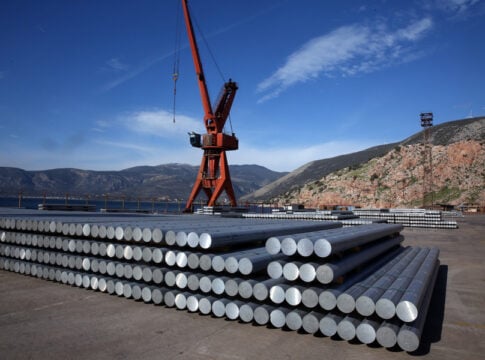Peter Livanos’ Ecolog is proceeding with the implementation of its planning for a fleet of 60 ships that will transport liquefied CO2.
Ecolog was founded to develop a global CO2 transport network that can also be used to make green fuels.
To achieve this goal the company, the American Shipbuilding Surveyor (ABS), Hanwha Ocean, and Babcock International Liquid Gas Equipment (LGE), have agreed to work together to develop a pioneering 40,000 cmb vessel that will carry liquefied CO2.
According to ABS, the final design will maximize energy integration and minimize greenhouse gas (GHG) emissions, while allowing for offshore offloading of liquefied CO2.
Panos Deligiannis, head of ECOLOG’s shipping sector, “said that this agreement of Hanwha, ABS, Babcock and ECOLOG brings together the expertise of those involved in its areas of activity in order to support the CCUS market with design and operational standards. This is a first-of-its-kind scientific work focusing on the transport of CO2 by large-scale ships, which is much needed to meet the goals of the Paris Agreement.”
On his part, Hanwha Ocean’s Sang-Don Kang said: “Hanwha Ocean expects to develop the optimal LCO2 carrier design through this collaboration and to be one step ahead of competitors in terms of shipbuilding technology.”
It should be noted that as carbon capture, utilization and storage (CCUS) technologies become increasingly important, the demand for LCO2 carriers is expected to increase.
Ecolog
Ecolog plans to build 60 specialized LNG carriers and develop a connected network of port terminals to transport 50 million tons of CO2 per year by 2035.
The ships and terminals will operate at a pressure of eight bar, which will allow large volumes of CO2 to be shipped to keep costs low.
EcoLog in its announcement has pointed out that all the technologies to be deployed on this network have been established for many years, they just need to be re-engineered to scale.


